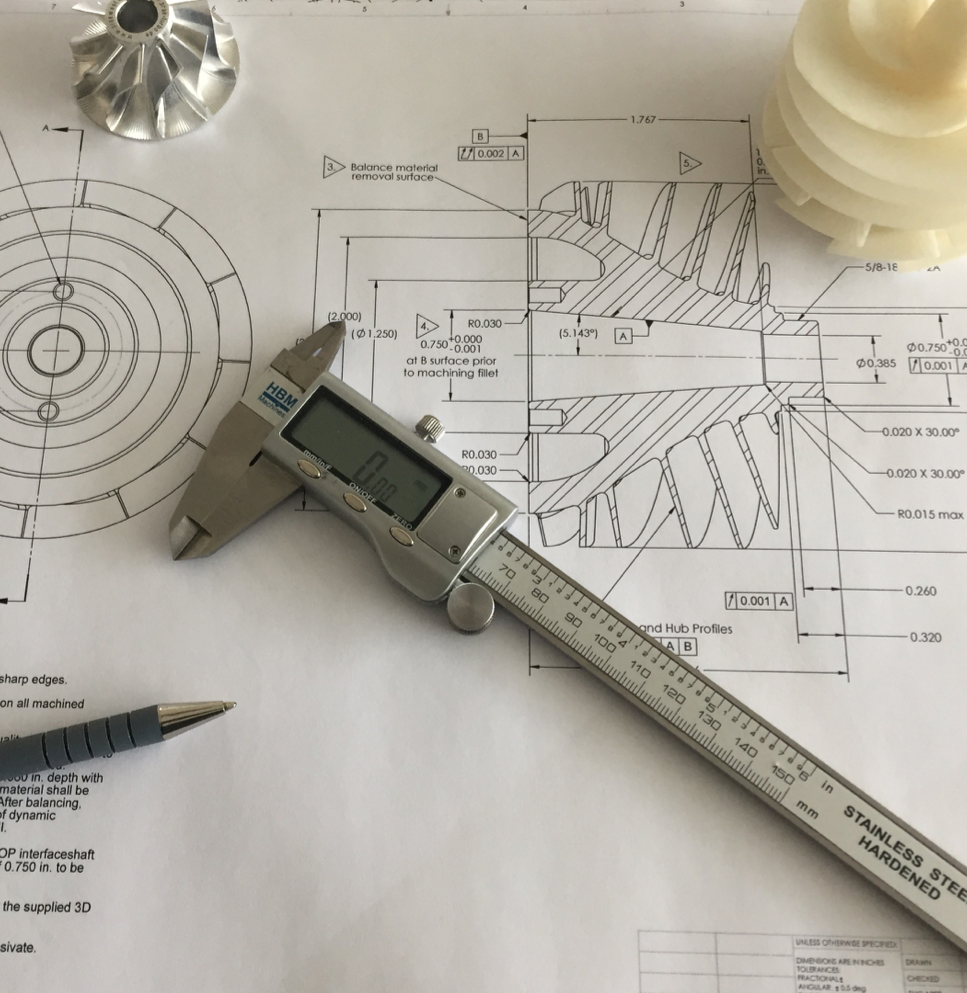
SOURCE TERM BASED MODELING OF ROTATING CAVITATION IN TURBOPUMPS
Student: Adam Vermes
The recent growth of private options in launch vehicles has substantially raised price competition in the space launch market. This has increased the need to deliver reliable launch vehicles at reduced engine development cost, and has led to increased industrial interest in reduced order models.
Large-scale liquid rocket engines require high-speed turbopumps to inject cryogenic propellants into the combustion chamber. These pumps can experience cavitation instabilities even when operating near design conditions. Of particular concern is rotating cavitation, which is characterized by an asymmetric cavity rotating at the pump inlet, which can cause severe vibration, breaking of the pump and loss of the mission. Despite much work in the field, there are limited guidelines to avoid rotating cavitation during design and its occurrence is often assessed through costly experimental testing.
This project presents a source term based model for stability assessment of rocket engine turbopumps. The approach utilizes mass and momentum source terms to model cavities and hydrodynamic blockage in inviscid, single-phase numerical calculations, reducing the computational cost of the calculations by an order of magnitude compared to traditional numerical methods. Comparison of the results from the model with experiments and high-fidelity calculations indicates agreement of the head coefficient and cavity blockage within 0.26% and 5% respectively. The computations capture rotating cavitation in a 2D inducer at the expected flow coefficient and cavitation number. The mechanism of formation and propagation of the instability is correctly reproduced.

